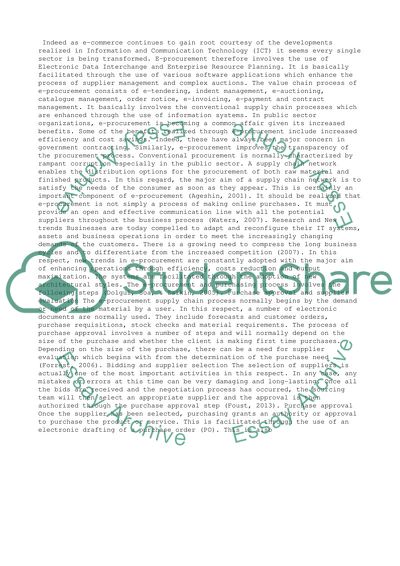Cite this document
(“Current Purchasing and Supply Chain Practices in E-procurement Essay”, n.d.)
Retrieved from https://studentshare.org/business/1476848-write-a-report-that-investigates-and-evaluates
Retrieved from https://studentshare.org/business/1476848-write-a-report-that-investigates-and-evaluates
(Current Purchasing and Supply Chain Practices in E-Procurement Essay)
https://studentshare.org/business/1476848-write-a-report-that-investigates-and-evaluates.
https://studentshare.org/business/1476848-write-a-report-that-investigates-and-evaluates.
“Current Purchasing and Supply Chain Practices in E-Procurement Essay”, n.d. https://studentshare.org/business/1476848-write-a-report-that-investigates-and-evaluates.


